A C

Global Veterinary
Communication Software Vic 9999 AU
0422 999 191
support@vetcheck.it
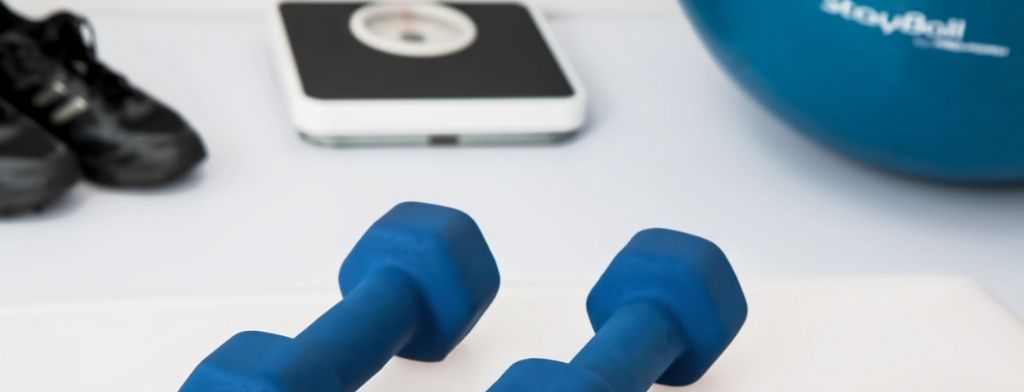
Passive range of motion therapy
Important at home exercises to improve the rate of recovery following surgery.
Overview
Your pet has been recommended a passive range of motion exercises to help with the recovery from its surgery. Studies show that gentle exercising can help a pet return to activity sooner.
The goals of these exercises are to:
- Improve joint movement after surgery
- Prevent joint scarring and shortening
- Prevent joint contraction and poor flexibility
- Prevent tissue adhesions
- Promote joint lubrication
Techniques
Exercises should be performed while the pet is lying on their side. It helps with the pets relaxation.
Always focus on one joint at a time, holding the position for approximately 10 seconds. If your pet experiences pain or discomfort, reduce the pressure placed on the joint. Each exercise should be performed approximately 20-30 times a day until the pet is weight-bearing.
Forelimb Flexion
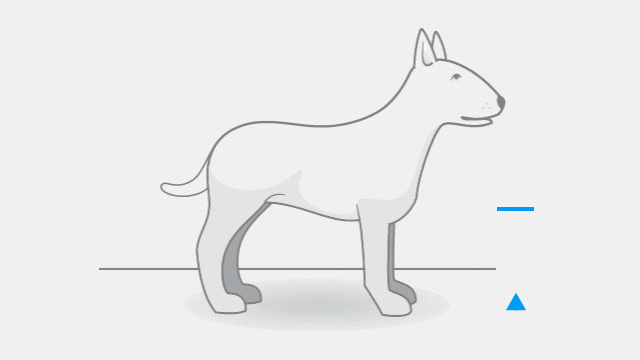
Gently hold the forelimb with one hand below the elbow and the other below the wrist. Gently move the arm towards the body, flexing the shoulder.
Shoulder & Elbow Extension
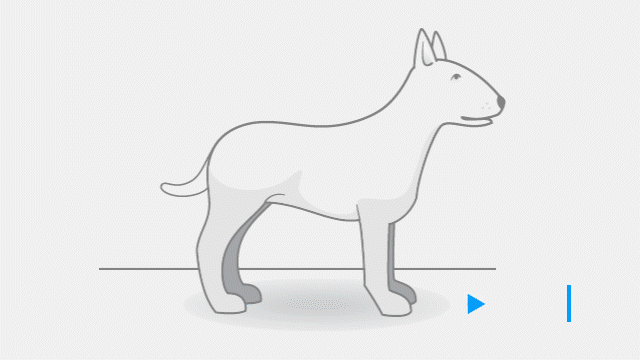
Place your hand under the elbow and gently push it forward until full extension, towards the level of their nose.
Hindlimb Flexion
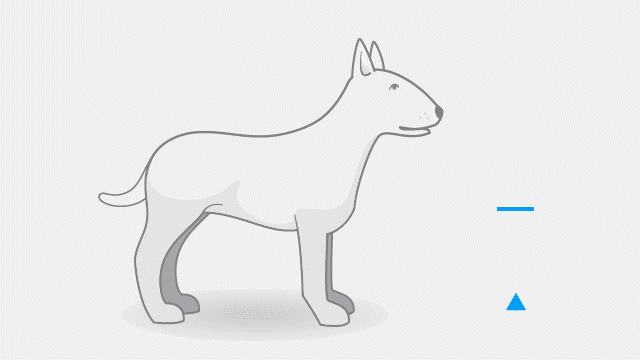
Gently hold the hindlimb with one hand below the stifle and the other below the hock. Bring the stifle towards the body and the hock towards the pelvis.
Bicycle Motion
Hindlimb
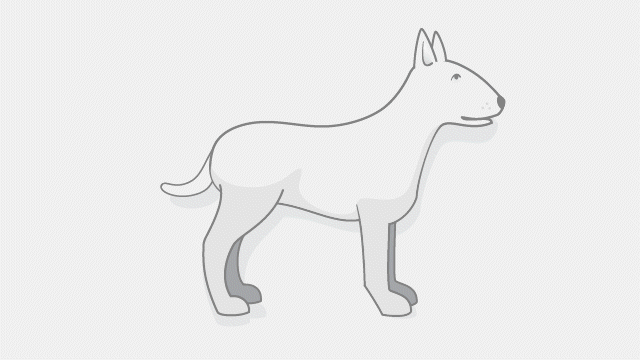
Gently move the hindlimb in a circular motion as if the pet is riding a bicycle.
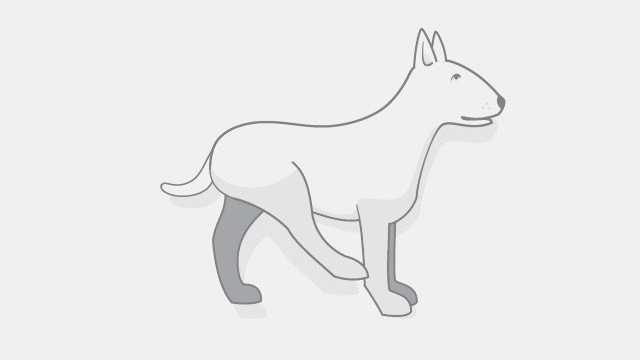
And repeat in reverse.
Forelimb
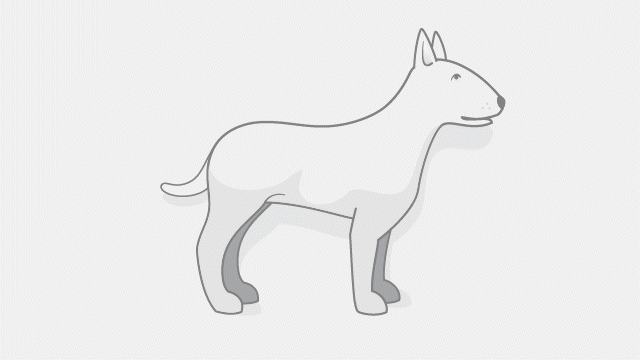
Gently move the forelimb in a circular motion as if the pet is riding a bicycle.
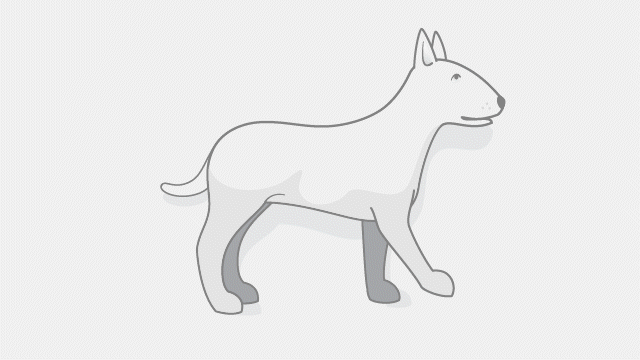
And repeat in reverse.